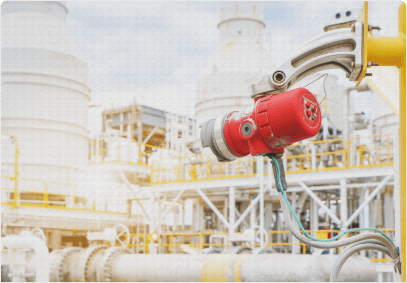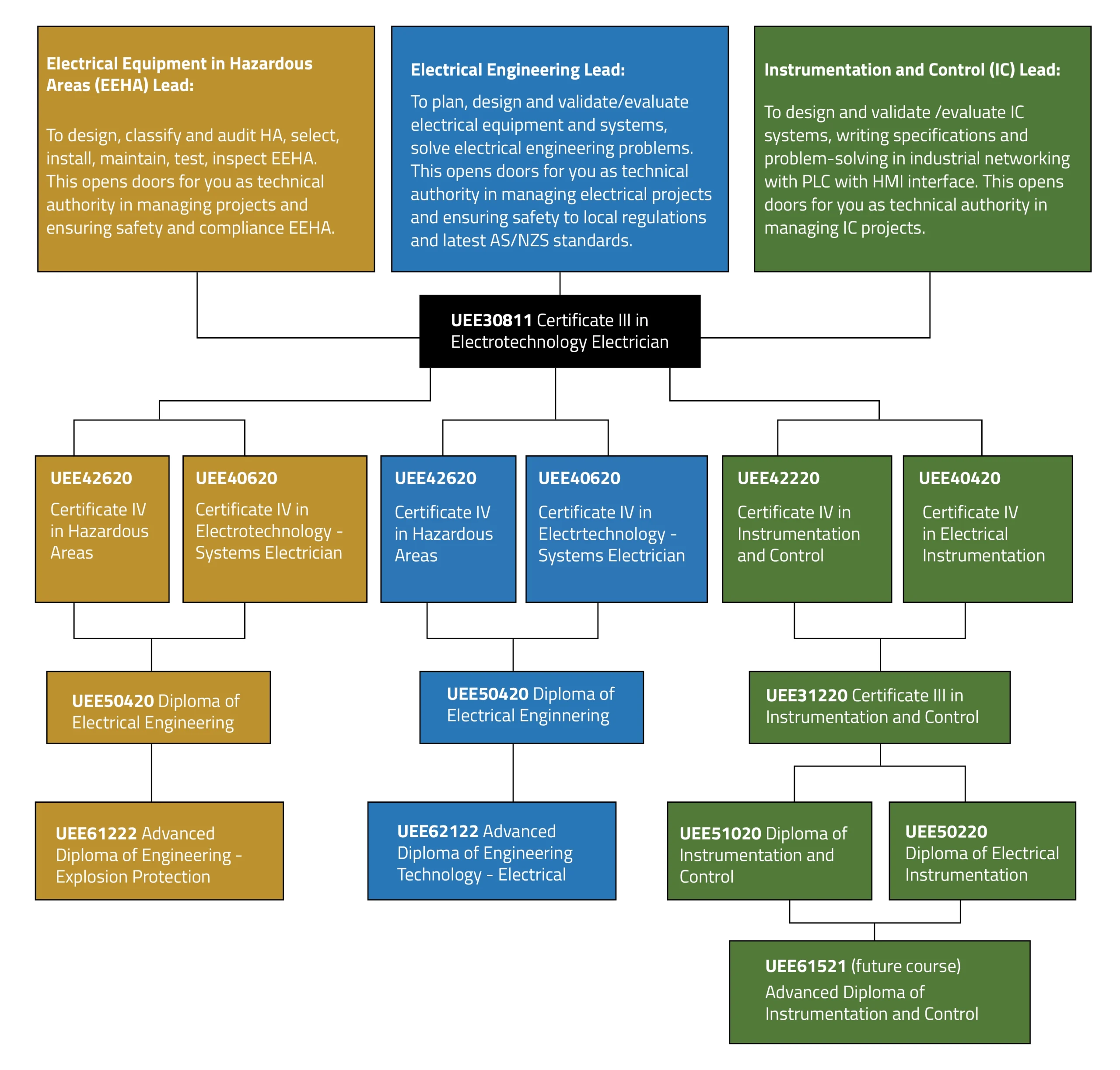The Main Principles Of Roar Solutions
Wiki Article
Roar Solutions Things To Know Before You Buy
Table of ContentsFascination About Roar SolutionsThe Basic Principles Of Roar Solutions More About Roar Solutions
In such an ambience a fire or surge is possible when three fundamental problems are met. This is typically referred to as the "dangerous area" or "burning" triangle. In order to shield setups from a potential surge an approach of analysing and identifying a possibly hazardous location is needed. The purpose of this is to make sure the correct option and setup of tools to inevitably stop an explosion and to guarantee security of life.
(https://www.bark.com/en/au/company/roar-solutions/Bz3O1R/)
No equipment must be set up where the surface area temperature of the tools is higher than the ignition temperature level of the offered risk. Below are some common dust hazardous and their minimum ignition temperature level. Coal Dust 380C 225C Polythene 420C (thaws) Methyl Cellulose 420C 320C Starch 460C 435C Flour 490C 340C Sugar 490C 460C Grain Dust 510C 300C Phenolic Material 530C > 450C Aluminium 590C > 450C PVC 700C > 450C Residue 810C 570C The possibility of the danger being existing in a concentration high adequate to trigger an ignition will certainly vary from area to area.
In order to identify this danger an installment is divided into areas of threat relying on the amount of time the unsafe is existing. These locations are described as Areas. For gases and vapours and dusts and fibres there are 3 zones. Area 0 Zone 20 A hazardous atmosphere is very likely to be present and may exist for lengthy durations of time (> 1000 hours annually) or perhaps continually Area 1 Zone 21 A dangerous environment is feasible but not likely to be existing for extended periods of time (> 10 450 C [842 F] A category of T6 suggests the minimum ignition temperature level is > 85 C [185 F] Dangerous location electric equipment maybe designed for use in greater ambient temperatures. This would certainly suggested on the rating plate e.g. EExe II C T3 Ta + 60C( This means at 60C ambient T3 will not be exceeded) T1 T1, T2, T3, T4, T5, T6 T2 T2, T3, T4, T5, T6 T3 T3, T4, T5, T6 T4 T4, T5, T6 T5 T5, T6 T6 T6 A T Course score of T1 indicates the optimum surface temperature generated by the instrument at 40 C is 450 C. Assuming the linked T Class and Temperature level ranking for the devices are suitable for the location, you can always utilize an instrument with a much more rigid Department score than needed for the area. There isn't a clear response to this question regrettably. It truly does depend on the sort of equipment and what repairs require to be performed. Equipment with particular test treatments that can't be performed in the area in order to achieve/maintain 3rd party score. Should come back to the manufacturing facility if it is before the equipment's service. Area Repair Work By Authorised Personnel: Difficult screening might not be needed nonetheless details treatments may need to be followed in order for the equipment to maintain its 3rd event rating. Authorised personnel have to be employed to perform the work properly Repair should be a like for like substitute. New component should be considered as a straight replacement requiring no unique testing of the devices after the repair service is complete. Each tool with a hazardous ranking should be assessed independently. These are detailed at a high level below, however for even more detailed information, please refer straight to the standards.
Some Known Factual Statements About Roar Solutions
The devices register is a comprehensive database of tools documents that includes a minimum set of areas to identify each product's area, technological criteria, Ex-spouse category, age, and environmental data. This info is essential for tracking and managing the devices properly within unsafe areas. On the other hand, for periodic or RBI tasting assessments, the quality will certainly be a combination of Detailed and Close assessments. The ratio of Comprehensive to Shut examinations will certainly be established by the Equipment Risk, which is assessed based upon ignition risk (the possibility of a resource of ignition versus the likelihood of a combustible ambience )and the harmful location classification( Area 0, 1, or 2). This variation will additionally influence the resourcing demands for job prep work. Once Great deals are specified, you can establish tasting plans based on the sample size of each Lot, which refers to the variety of arbitrary tools items to be checked. To establish the called for sample dimension, 2 aspects need to be reviewed: the dimension of the Whole lot and the category of examination, which indicates the degree of initiative that should be applied( lowered, normal, or increased )to the inspection of the Whole lot. By combining the category of inspection with the Great deal size, you can after that develop the appropriate rejection requirements for an example, implying the allowable variety of damaged things located within that sample. For more information on this procedure, please refer to the Energy Institute Standards. The IEC 60079 standard advises that the maximum interval between examinations need to not go beyond three years. EEHA assessments will additionally be performed outside of RBI campaigns as component of set up upkeep and equipment overhauls or repairs. These examinations can be attributed toward the RBI example dimensions within the influenced Great deals. EEHA evaluations are carried out to determine faults in electric equipment. A heavy scoring system is vital, as a single piece of tools may have numerous mistakes, each with varying degrees see of ignition risk. If the combined rating of both inspections is much less than twice the mistake score, the Whole lot is considered acceptable. If the Great deal is still thought about undesirable, it should undertake a full inspection or validation, which may activate more stringent evaluation methods. Accepted Lot: The reasons for any kind of faults are identified. If an usual failure setting is located, extra tools may require examination and repair work. Mistakes are categorized by intensity( Safety and security, Stability, Home cleaning ), guaranteeing that immediate concerns are evaluated and resolved immediately to mitigate any type of influence on safety and security or procedures. The EEHA database must track and videotape the lifecycle of mistakes along with the restorative activities taken. Implementing a durable Risk-Based Examination( RBI )technique is crucial for making certain compliance and safety and security in managing Electrical Devices in Hazardous Locations( EEHA) (eeha certificate). Automated Mistake Scoring and Lifecycle Administration: Easily take care of mistakes and track their lifecycle to improve assessment precision. The intro of this assistance for risk-based examination further strengthens Inspectivity's position as a best-in-class solution for regulatory compliance, along with for any asset-centric inspection use case. If you want learning more, we welcome you to ask for a demo and uncover just how our remedy can change your EEHA monitoring procedures.
Facts About Roar Solutions Uncovered

In regards to eruptive risk, a dangerous area is a setting in which an explosive environment exists (or might be anticipated to be existing) in quantities that need special precautions for the construction, installment and use of equipment. eeha training. In this short article we explore the challenges faced in the office, the threat control steps, and the called for expertises to work safely
It is a consequence of contemporary life that we manufacture, keep or handle a variety of gases or liquids that are considered combustible, and a variety of dirts that are deemed combustible. These compounds can, in specific conditions, form eruptive ambiences and these can have major and unfortunate repercussions. The majority of us know with the fire triangle get rid of any among the 3 elements and the fire can not happen, but what does this mean in the context of dangerous locations? When damaging this down right into its most basic terms it is basically: a mix of a particular amount of release or leakage of a certain substance or product, mixing with ambient oxygen, and the presence of a source of ignition.
In most instances, we can do little about the levels of oxygen in the air, however we can have significant influence on sources of ignition, for instance electric equipment. Dangerous areas are recorded on the dangerous area classification illustration and are determined on-site by the triangular "EX-SPOUSE" indicator. Right here, amongst various other crucial details, areas are divided into 3 kinds relying on the threat, the likelihood and duration that an eruptive ambience will certainly exist; Area 0 or 20 is regarded the most hazardous and Area 2 or 22 is regarded the least.
Report this wiki page